The best plants for dark rooms: what care they need
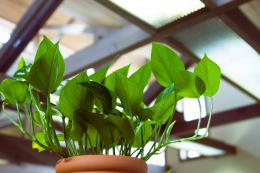
For many lovers of indoor plants, sometimes the lack of lighting becomes a problem, because all plants need it. But choosing flowers for a room that lacks light is not so difficult.
Content:
- Shade-tolerant plants
- Dark room for indoor plants
- Aglaonema and Sansevieria
- Philodendron and Neanta beautiful
- Spathiphyllum and Ivy
Shade-tolerant plants
Unpretentious and there are not so few plants that have the ability to grow in fairly dark rooms; you can choose both flowering ones and those with a beautiful green crown. Although compared to light-loving plants, the choice is limited. It is worth saying that there are no plants that love shade; they all need light. There are only those that can tolerate a lack of lighting. The most popular shade-tolerant plants are:
- Asplenium
- Aglaonema
- Aspidistra
- Hamedorea
- Fittonia
- Aucuba japonica
- Philodendron climbing
- Epipremnum pinnate
- Palisota
- Bilbergia
- Tradescantia
- Hamerops palm
- Hexinia
- Neanta is beautiful
- Scindapsus
- Sansevieria
- Spathiphyllum and others
Dark room for indoor plants
For a long time now, indoor flowers have been a necessary piece of furniture in every apartment. Despite the shade-tolerance of some plants, they cannot grow in complete darkness, since they need light for the process of photosynthesis. However, in low light conditions, some of the indoor flowers can both grow and bloom.
As a rule, in the natural environment, their place of growth was in areas that were poorly illuminated by the sun. Even the most shade-tolerant plant needs some amount of light, which means the place where it will grow must be chosen accordingly. It must meet the following parameters:
- if the window is north, then indoor flowers are placed at a distance of one or two meters from it;
- from a window facing east, place the plant at a distance of three meters;
- shade-loving greens are placed at a distance of four meters from the western source of sunlight;
- You can place the flower very far from the south window - nine meters, for example, if you decide to install the plant in a corridor or large hall.
If you can read a book or magazine in daylight in the area where you decide to place the plant, feel free to do so. It is quite suitable for a shade-tolerant flower. It is worth considering the following nuances:
- Plants rarely bloom in shaded areas
- for dimly lit corners, choose decorative deciduous options
- consider the varying degrees of shade tolerance of each plant
- Only healthy flowers will grow in the shade
Let us consider in detail some of them, which are distinguished by their simplicity and unpretentiousness in cultivation and care.
Aglaonema and Sansevieria
It is considered the most shade-tolerant flower. It can grow even in the darkest room with northern windows, without losing its external characteristics. This is a plant with oblong variegated leaves that can have white, yellow and green shades. It is believed that the variegation of Aglaonema leaves is lost in strong shade, and they become a uniform green color.
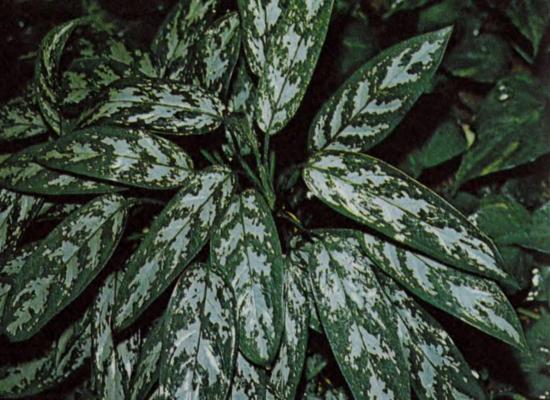
However, in practice, the flower tolerates a lack of light quite well, maintaining its decorative and external properties. Aglaonema needs to be replanted every three years, as the plant is characterized by slow growth. Care measures include regular feeding and spraying, since aglaonema needs warmth and moist air.
In the places where there were flowers, small red berries appear. People with hypersensitive skin should wear gloves when caring for aglonema, because the berries and other parts of the plant cause irritation. Bloom Rarely observed indoors.
Sansevieria
A flower that can often be found in apartments, overgrown with many legends and superstitions. In everyday life, sansevieria is called “mother-in-law’s tongue,” supposedly provoking squabbles and scandals in the house. The plant is unpretentious, not afraid of shade, drafts, dry air and lack of moisture.
It also does not require frequent replanting, but remains strong, beautiful and healthy for many years. Eastern tradition, in contrast to well-known prejudices, speaks of the beneficial effects of sansevieria on spiritual development and mental growth.
Sansevieria grows up to 1.2 meters in height, it has sharp leaves of a dark green color with light stripes of the same shade, the growth of which is directed upward. It is because of the long leaves that the plant received its popular nickname.
“Mother-in-law’s tongue” is often grown in outdoor pots due to the large size of the plant. You can plant several of them, thus creating a hedge or imitation of a small garden. Shade-loving, unpretentious sansevieria will look good in the corner of the room.
Philodendron and Neanta beautiful
Perennial liana with delicate leaves shaped like a heart.The stems on which they grow can reach two meters in length. Philodendron is also suitable for growing on the north side; it is unpretentious and easily adapts to any conditions.
The plant is suitable for growing by beginners and those who do not like complex care for indoor flowers. In the axils of the leaves of the philadendron, aerial roots grow, with which it clings to wet surfaces, growing to them. Therefore, the shape of a plant can sometimes be outlandish.
Neanta is beautiful
A tall indoor palm tree, reaches a height of one and a half meters. It can grow in rooms with any lighting conditions, including in the shade. Requires moist air, so regular spraying is necessary. It adapts well to the conditions of the room in which it grows and blooms at any time of the year.
Spathiphyllum and Ivy
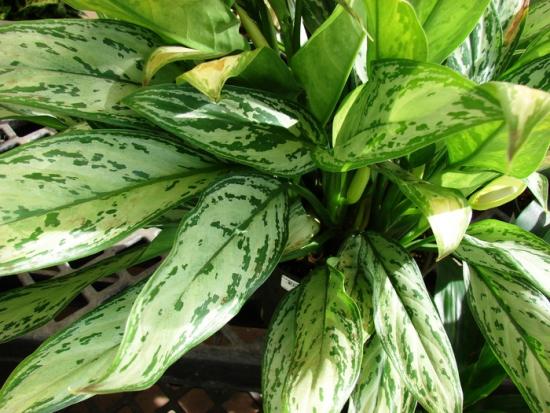
A fairly popular plant, it can be kept in both dark and light rooms without stopping growth or getting sick. U spathiphyllum dark green leaves with shine, rather large sail-shaped flowers. Requires spraying.
In winter, the plant rests and therefore does not bloom. To see flowering, you must first place the flower pot in a bright place for two to four weeks, watering it moderately and keeping the ambient temperature at least ten degrees. After which the spathiphyllum is returned to its original place. Due to stress, the plant will bloom from February to October.
Ivy
An evergreen vine that can grow in dark rooms. Easy to care for, easily adapts to any shade. Ivy quickly increases in size, sprouting shoots. You need to water it twice a week, wipe the leaves with a cloth. When the container in which it grows is not enough for the plant, transplant it into another.
You need to wear gloves when caring for ivy, as its leaves are poisonous and cause irritation. A room in which there is not enough light is not a reason to give up indoor plants. Enough choose the one you like best from the whole variety of shade-tolerant species. By providing the flower with proper care, you will enjoy its appearance for a long time.
Video about what indoor plants can grow in dark rooms:

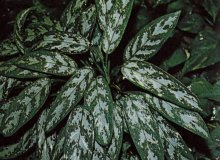
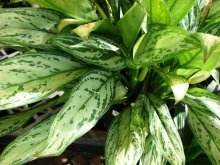
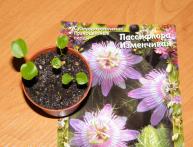
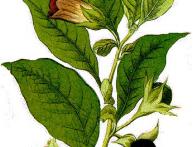
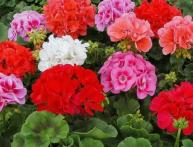

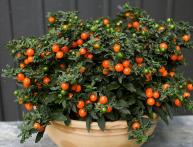
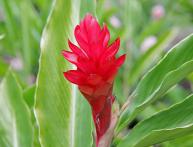
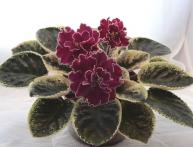
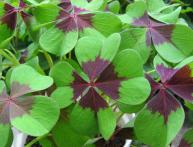
Comments
It just so happens that three rooms in our apartment are located on the north side. In the kitchen, right on the window, I have violets and Decembrists growing. They have enough light. And in the living room, the plants are on the cabinet, also by the window. Spathiphyllum has been living in our house for a long time, now I know which flowers to buy more.
Sansevieria is probably the most hardy and unpretentious plant. Sometimes you can find it in very spartan conditions, in a semi-abandoned state in organizations, but it also blooms at the same time.